Free shipping across Canada 2 bags or 1kg 🤩
Chaka de Gesha Village: The vision of two ambitious geeks
Last edit Sep 2, 2023 ● Published May 27, 2023 ● Louis-Charles Blais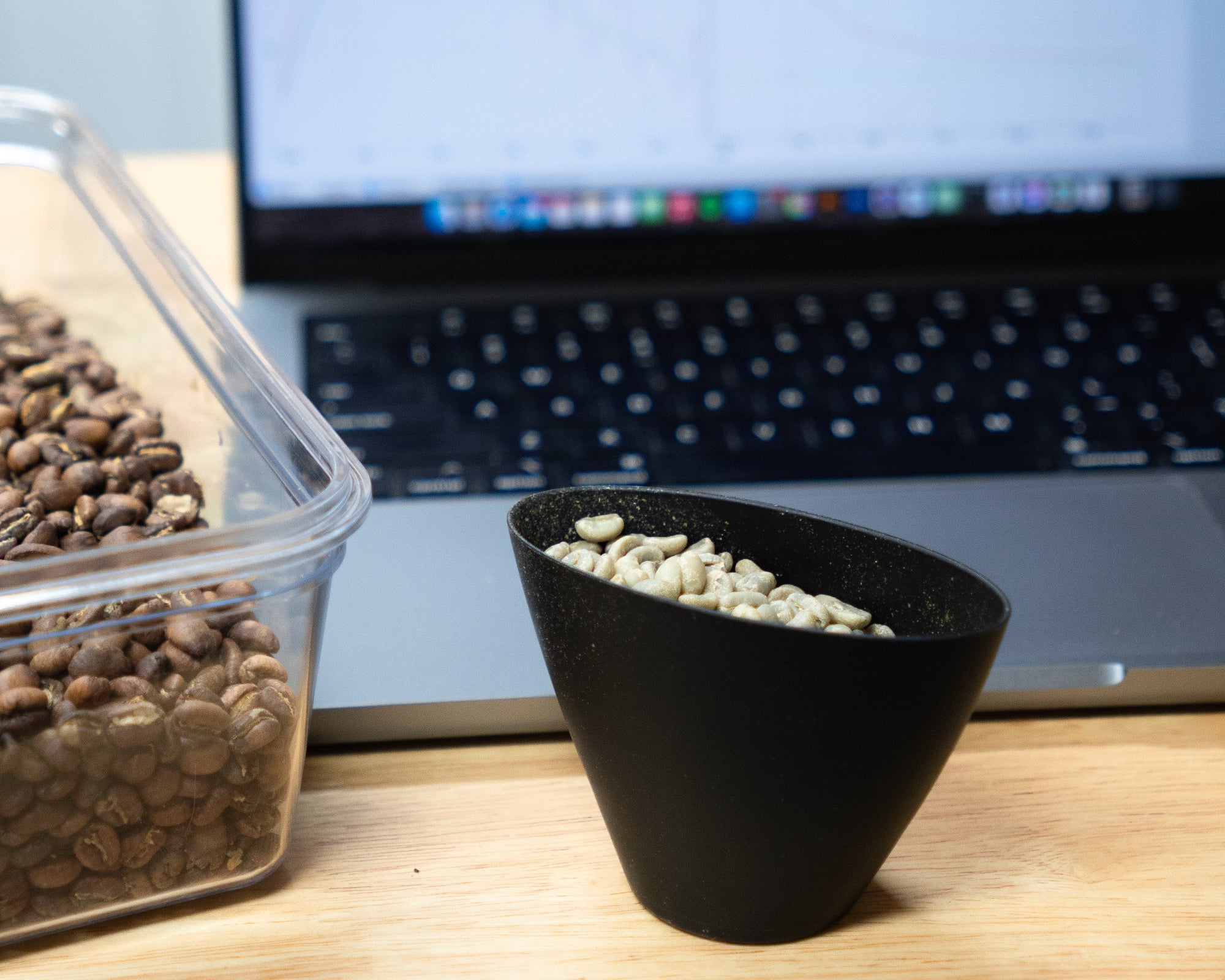
Documenting the production of a coffee but also the beginning of a project, is a task that requires a lot of attention but also a lot of detail. As Jasmin and I are both artists and impulsive entrepreneurs, it can be difficult for someone to really understand the nature of the project, but above all our mental process through this adventure. More on that later. I'd like to start by introducing our new and first coffee, Chaka at Gesha Village.
Gesha
Anyone with an average knowledge of the coffee business may have heard the word "Gesha" (or Geisha, both are acceptable). Gesha is a variety of coffee tree discovered in Ethiopia in the Gori Gesha forest and now cultivated almost everywhere in the world. With the growing demand for specialty coffee with pronounced tasting notes, Gesha is becoming the number one target for anyone wanting to taste a floral, smooth and round coffee. With a light roast, Gesha produces very floral, clear aromas (both on the nose and in the mouth). With a medium roast, it produces a sweeter taste, but one that's balanced and round, as clear as ever.
Gesha Village is a farm in Ethiopia's West Omo region (near the south-west border). It's one of the most famous coffee farms in the world. As you may have guessed, their specialty is the Gesha variety, and their farm is almost exclusively filled with it. More specifically, Gesha Village grows Gesha 1931, Gori Gesha and Illubabor. The farm is at a very high altitude, with the lowest point at 1909 meters above sea level and the highest at 2069.
Chaka means forest!
Gesha Village's Chaka is a blend of three farm varieties, each meticulously washed to perfection. This meticulous process yields a soft, floral coffee with a well-rounded body and minimal variation in size and density. At Forward Coffee, we carefully selected this batch from the importer, eager to roast and experience the distinct flavors of Chaka.
Anyone starting out on a whatever-what project will understand that there's always a sense of excitement, but also a slight impostor syndrome. Knowing how to do justice to the coffees we had in our hands in order to judge them properly and make the right choice was, and always will be, the stress of sample roasting. After testing twenty or so coffees from a few importers (we may have overdone it on the samples, oops.), we both agreed on two points: Chaka really was something special, and we wanted to start our project with a special coffee and a provenance we could trust. Chaka it was!
Nucleus: The how and why
I'm going to come back to the start of the project, because it's really an important point in this café. Nucleus is the culmination of the passion of two coffee geeks with a roasting dream. More than that, it's a promise we've made to ourselves to exceed our own expectations and to achieve this through a process that follows strict but important values. And god knows, our expectations and the challenges of meeting them were daunting.
So it was on our way out of the Specialty Coffee Expo in Portland that we decided, with a determined step, to buy our roaster and go for it. Weeks of testing, cupping, design, organization and preparation later, the Chaka is launched, and we're finally ready to tell you about it and show you the fruits of our labor.
The Chaka in technicalities
While I won't dive into the technicalities of roasting with Chaka in this discussion, I have exciting plans to write more about it to share the knowledge. Instead, let's delve deeper into the captivating world of coffee aromas and our fascinating exploration with this blend. During our initial tests, Chaka presented a weighty mouthfeel, minimal acidity, and distinct earthy notes. Surprisingly, fruity aromas surfaced only after allowing the coffee to cool for a good 15 to 20 minutes. Though someone well-versed in the chemistry of coffee development through roasting could have swiftly addressed our predicament, unfortunately, we were not yet equipped with that expertise.
To cut a long story short, when coffee is harvested, it undergoes a washing or fermentation process that allows the bean to contain certain aromas, a certain potential. When coffee goes through the roasting process, the bean releases its moisture and undergoes a panoply of heat-induced chemical reactions that, among other things, give it its color and enable it to create aromas. The bean will therefore only dehumidify during the first few minutes of roasting, until it begins to turn yellow. During this so-called yellowing, thermal reactions in the bean create aromas from the molecules already present. This is what I like to call the "Potential" of the bean. I haven't yet found a better term to explain this process, since the creation of these aromas really represents the release of a potential that we can then exploit and modify as we see fit. Once created, aromas are transformed through what is known as caramelization. Similar to photosynthesis, caramelization uses heat as energy to trigger reactions that create sugars and modify the grain's aromas.
For those of you who got lost in my explanation, it's simply a matter of letting the beans develop their aroma potential, letting these aromas transform and deciding where to cut the process to achieve a particular taste, texture, body, etc. objective. An underdeveloped coffee (i.e. one that is released very quickly and has little caramelization) tends to have a lot of aggressive acidity. A safe-developed coffee (i.e., released very late or stagnated at a certain temperature, with a lot of caramelization) tends to have a lot of bitterness.
Returning to the Chaka, someone with a little idea of how roasting works could now deduce that our earthy, low-acid taste actually came from roasting too slowly, too long and having stagnation (I'll come back later to stagnation, a very important but big subject). After testing faster roasting curves with lower final temperatures for less caramelization and a generally paler roast, we finally found the sweet-spot that allowed us to get the floral aspect of the coffee with the slightly sweet finish tending towards honey. This gave us a total roasting time of 6 minutes 5 seconds, with a final temperature of 214 degrees Celsius.
To conclude
In closing, I'd like to mention that Chaka holds a special place in my heart not only because it's the first coffee we've brought into production, but also because we're so proud to have the chance to roast a coffee of such high quality and impressive reputation as the first batch of our Lab Café.
Thank you for your support!
The ultimate key to making perfect coffee?
Freshly electric roasted specialty beans

Eldorado - Best seller for 3 years
An affordable specialty coffee from Brazil. Medium roast with comforting chocolate aromas. Ideal for a well-balanced, smooth, and comforting espresso.
Eldorado is produced by the Barbosa farm in Brazil, a partner of Nucleus for 3 years now.
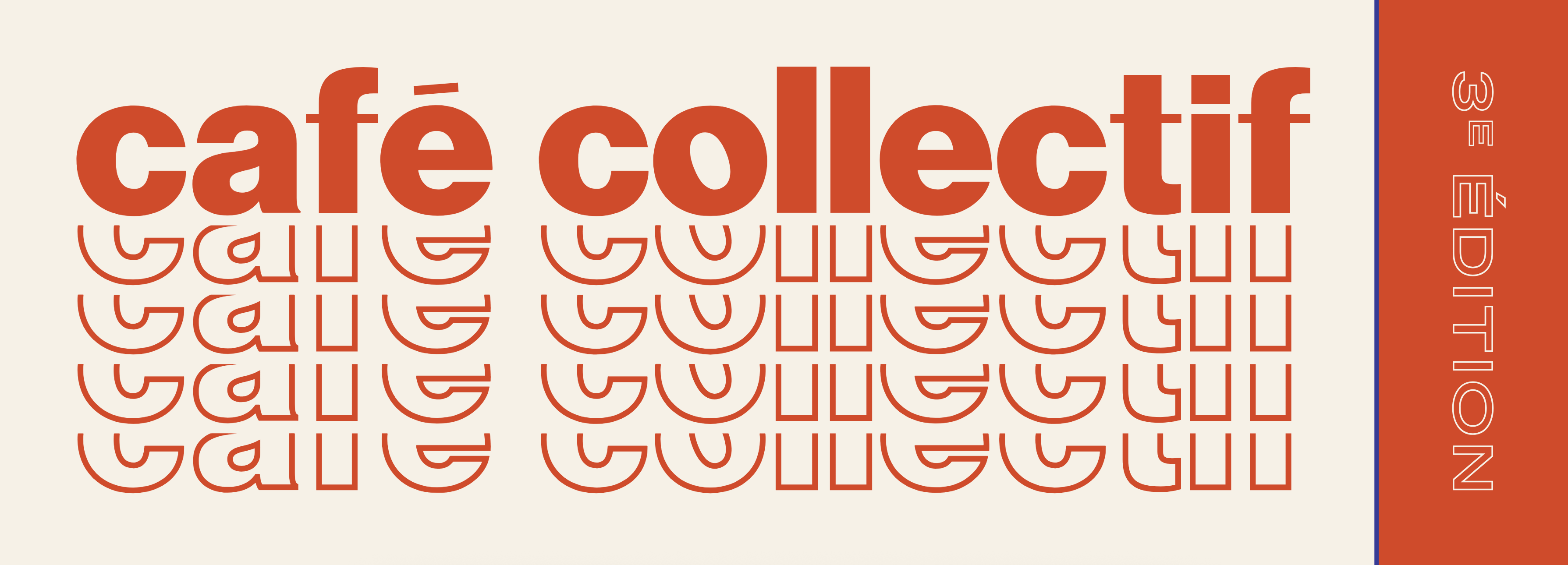
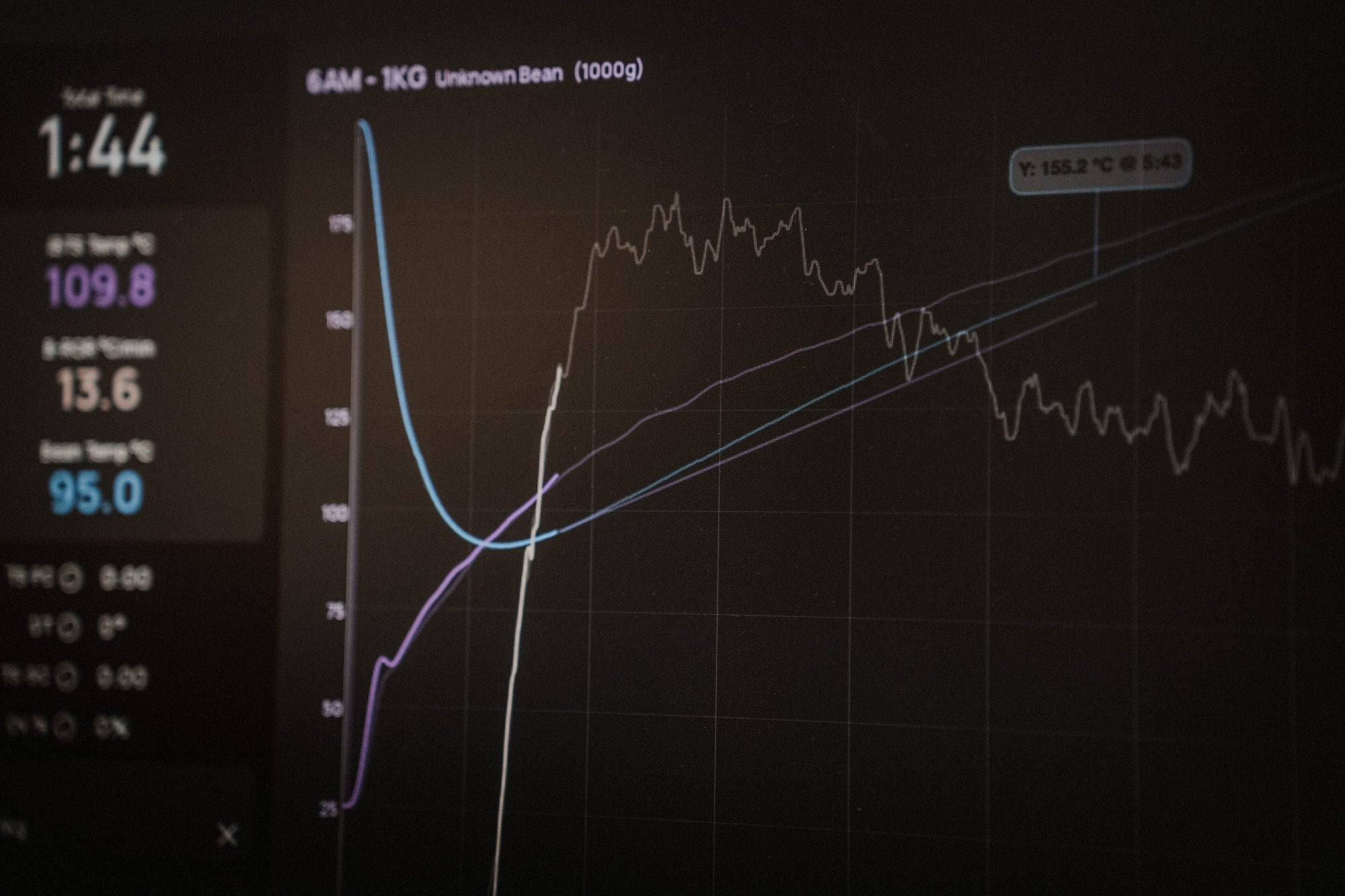
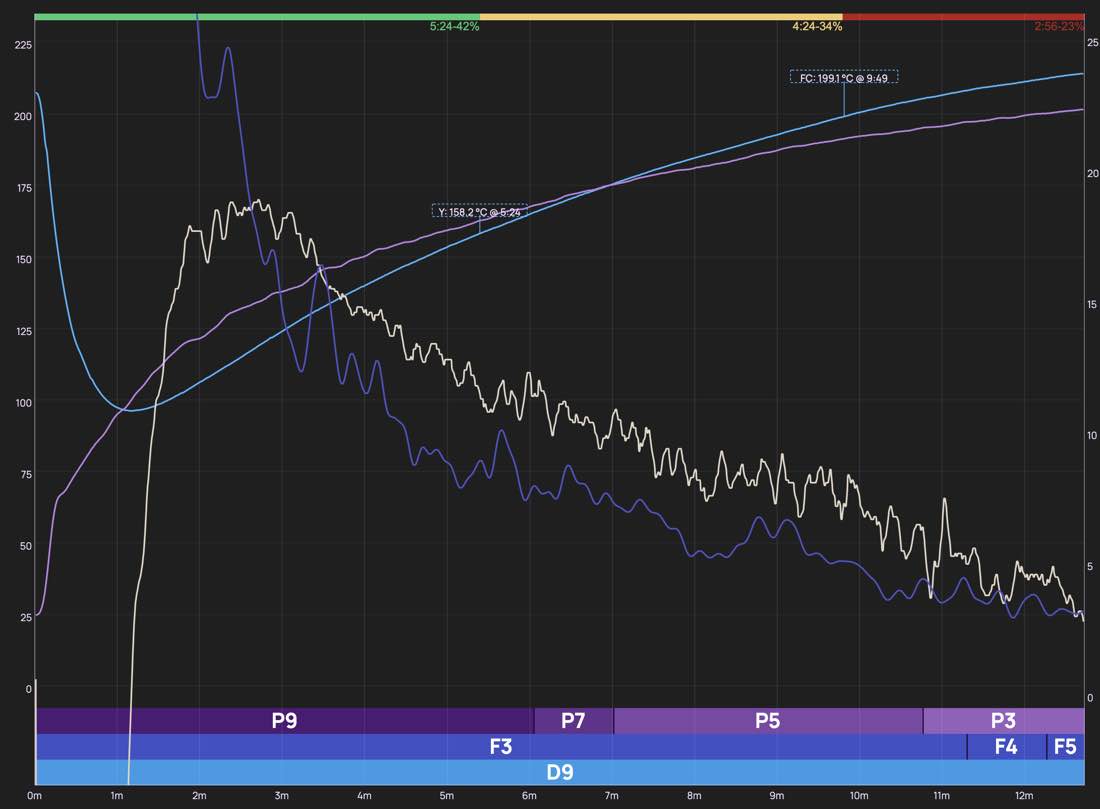
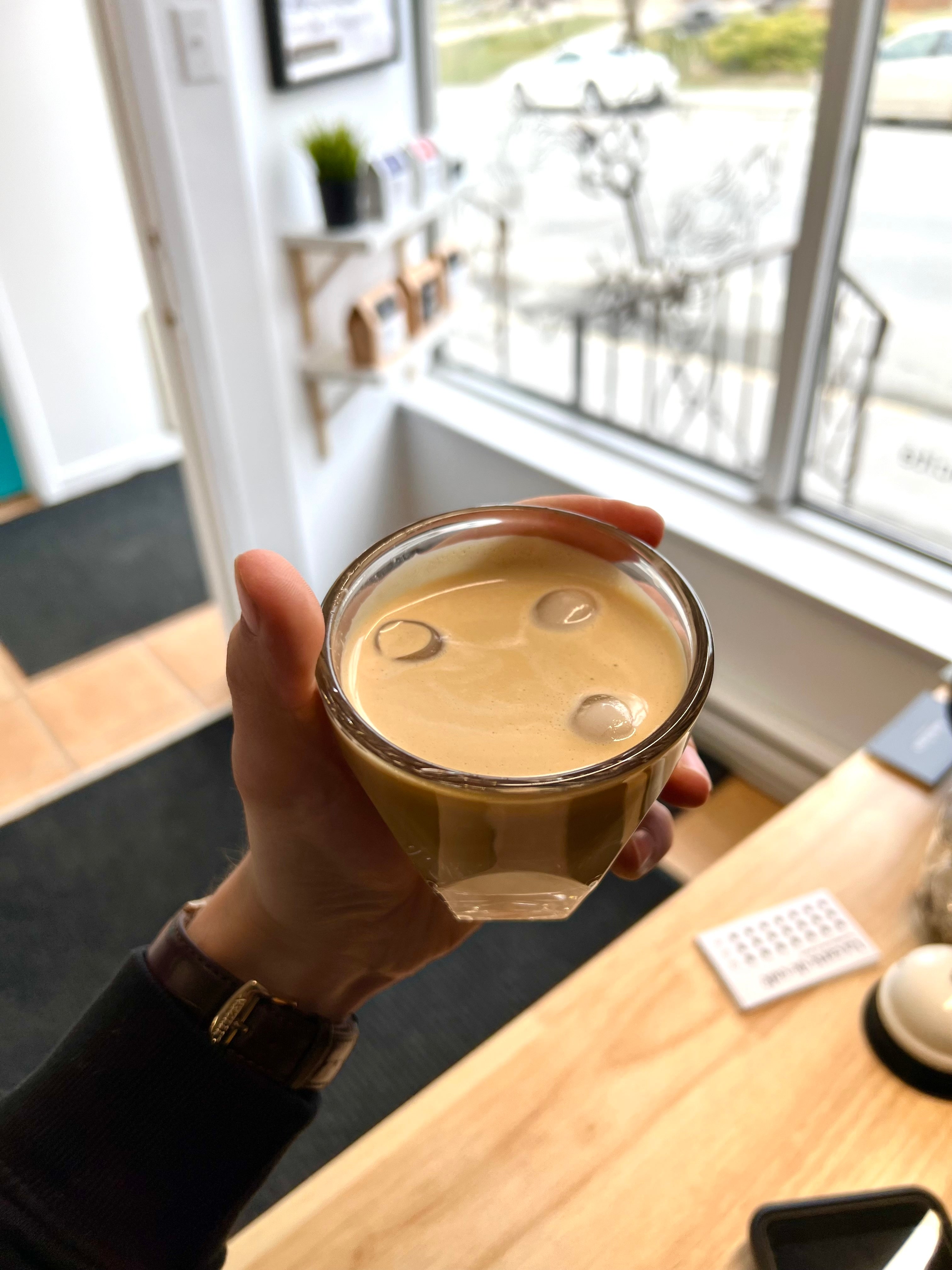
Comments
There are no comments.
Your comment